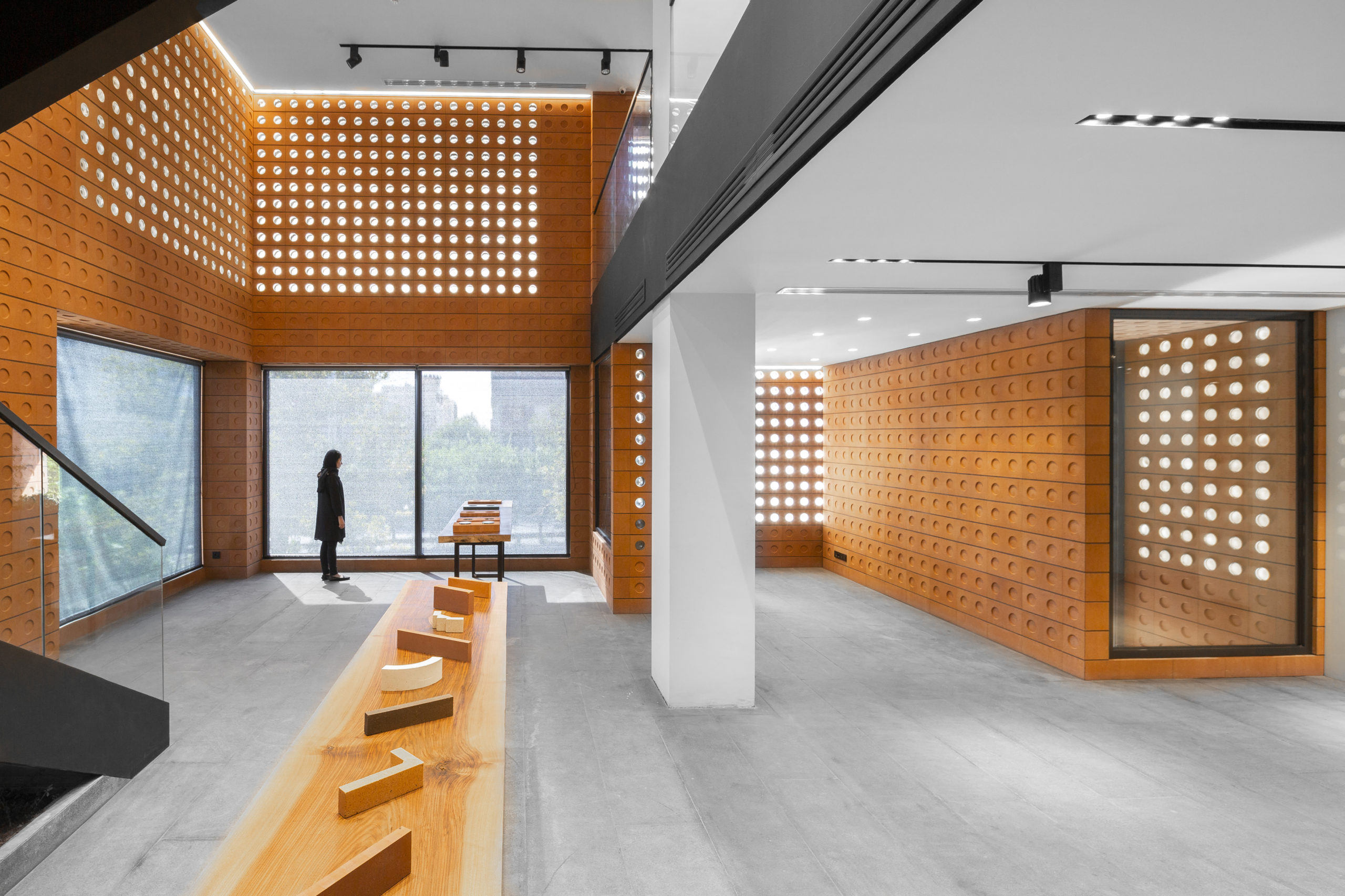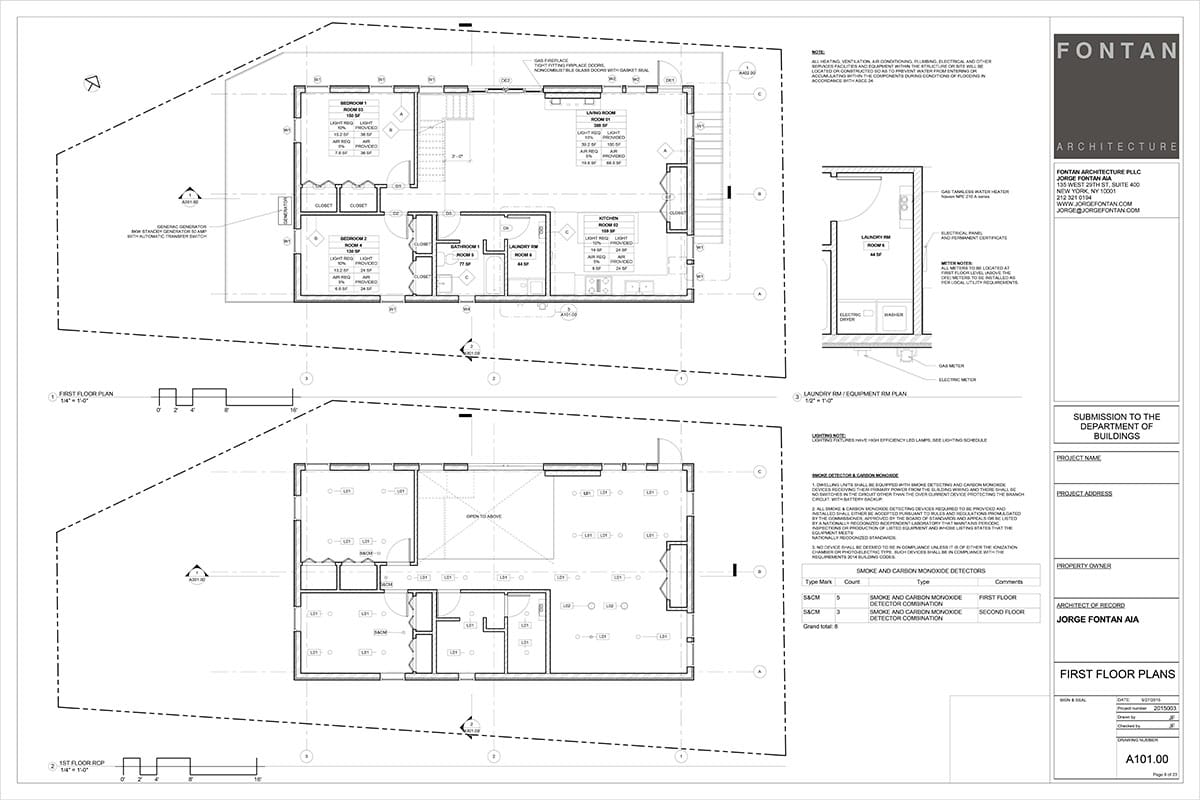Just How CDA Architects Supply Cutting-Edge Solutions for Lasting Design
Just How CDA Architects Supply Cutting-Edge Solutions for Lasting Design
Blog Article
A Detailed Overview of Architectural Designs and Their Impact on Modern City Preparation and Growth
Building designs have actually long worked as a mirror to the societal values and technological developments of their time, playing a critical duty fit modern-day city preparation and advancement. From the magnificence of Neoclassicism to the practical strategy of Brutalism, each design has introduced special principles that influence urban appearances and capability. As modern obstacles emerge, including sustainability and area demands, recognizing these historic structures ends up being vital. The resulting dialogue not just notifies future design techniques however likewise raises pertinent inquiries regarding the balance in between heritage and advancement in our developing city landscapes.
Historic Overview of Building Styles
Throughout background, architectural styles have actually progressed in response to cultural, technological, and environmental variables. Each period mirrors the prevailing worths, beliefs, and developments of its time, bring about a rich tapestry of layout that symbolizes human creativity and adjustment. The ancient human beings, such as the Egyptians and Greeks, developed fundamental designs that stressed symmetry and percentage, offering both practical and aesthetic objectives.
As societies transitioned via the Center Ages, Gothic architecture arised, identified by its verticality and elaborate outlining, matching the spiritual goals of the period. The Renaissance marked a revival of classic perfects, combining art and architecture in ingenious manner ins which influenced subsequent designs throughout Europe.
The Industrial Revolution introduced new materials and building strategies, prompting movements like Modernism, which challenged conventional types and welcomed simpleness and capability. The 20th century saw a diversity of designs, with Postmodernism responding versus the raw minimalism of its precursor, including historic referrals and diverse components.
Today, building designs remain to develop, driven by globalization and sustainability issues, mirroring a vibrant interplay in between heritage and development. This historical overview highlights the relevance of design as a mirror of societal evolution and as a catalyst for urban growth.
Trick Architectural Styles Explained
The variety of architectural styles mirrors the myriad impacts that form our developed environment, each embodying distinctive attributes and cultural importances. Key building designs include Classical, Gothic, Baroque, Innovation, and Postmodernism, each standing for distinct historical contexts and visual ideologies.
Timeless design, rooted in ancient Greece and Rome, stresses balance, proportion, and using columns. On the other hand, Gothic style, thriving between Ages, is defined by pointed arcs, ribbed vaults, and flying buttresses, developing a spiritual high quality in cathedrals. Baroque design, arising in the 17th century, is marked by grandeur, sophisticated decoration, and a vibrant interplay of light and darkness.

Recognizing these designs gives understanding right into the social stories and technical advancements of their respective eras, highlighting how architecture serves not simply as a sanctuary, yet as a representation of social worths and ambitions.
Effect On Urban Planning
In forming the advancement of cities, building styles dramatically influence city planning choices. The choice of architectural design frequently determines the looks, functionality, and general personality of urban atmospheres.
In addition, architectural designs can influence zoning policies and land utilize plans. Urban planners need to take into consideration the prevailing architectural fads when designing districts, making sure that brand-new developments balance with existing frameworks. This factor to consider fosters cohesive metropolitan landscapes and boosts community identity.
The application of certain building designs can also influence socioeconomic elements within a city. For instance, premium modern layouts may attract upscale citizens and organizations, leading to gentrification, while more economical housing options may focus on sensible and lasting layouts to suit varied populaces. Inevitably, the interaction in between architectural styles and urban preparation develops vibrant cities that show both historical context and contemporary demands, forming the lived experiences of their citizens.
Sustainability and Modern Style
Architectural styles play a critical role in addressing modern difficulties, particularly in the world of sustainability. As city locations expand and environmental problems increase, contemporary architecture significantly accepts sustainable layout principles that prioritize power effectiveness, source preservation, and very little ecological influence.
Contemporary architectural activities, such as biophilic style and green style, advocate for structures that integrate with their surroundings, using natural products and advertising biodiversity - cda architects. These styles usually integrate eco-friendly visit here energy resources, such as solar panels and wind turbines, to minimize reliance on fossil gas and lower carbon impacts
Moreover, the assimilation of advanced modern technologies, such as smart structure systems, enhances energy monitoring, optimizing source use while making sure owner comfort. Cutting-edge water management methods, consisting of rainwater harvesting and greywater recycling, additional add to sustainable metropolitan settings.
Notably, sustainability prolongs past environmental issues; it encompasses social and financial measurements as well. By promoting neighborhood health and advertising inclusivity, web modern architectural styles line up with lasting growth goals. As a result, the development of building techniques remains to shape resilient cities that not only satisfy the demands of today however additionally guard the future for generations to come.
Community Engagement in Design
Neighborhood interaction in style functions as an essential bridge between architects and the populaces they offer, making certain that the constructed environment reflects the requirements and ambitions of its customers. This joint procedure welcomes area participants to add their understandings and choices, promoting a sense of ownership and duty towards the rooms they live in.
Effective community involvement uses various approaches, such as workshops, studies, and public discussion forums, to collect varied point of views (cda architects). These methods help with a two-way dialogue, allowing designers to comprehend local contexts while empowering homeowners to articulate their issues and desires. This inclusivity not just improves the her latest blog design high quality but additionally advertises social equity by addressing the one-of-a-kind difficulties faced by marginalized teams

Conclusion
Architectural styles have greatly affected modern-day city preparation and growth, mirroring advancing social and technical contexts. The assimilation of historic visual appeals with contemporary needs fosters city settings that focus on sustainability and neighborhood interaction. As cities remain to grow and adjust, the recurring discussion between architectural heritage and modern layout concepts will remain important in creating comprehensive, lively areas that enhance quality of life and advertise social equity. The future of metropolitan advancement rest on this unified balance.
Report this page